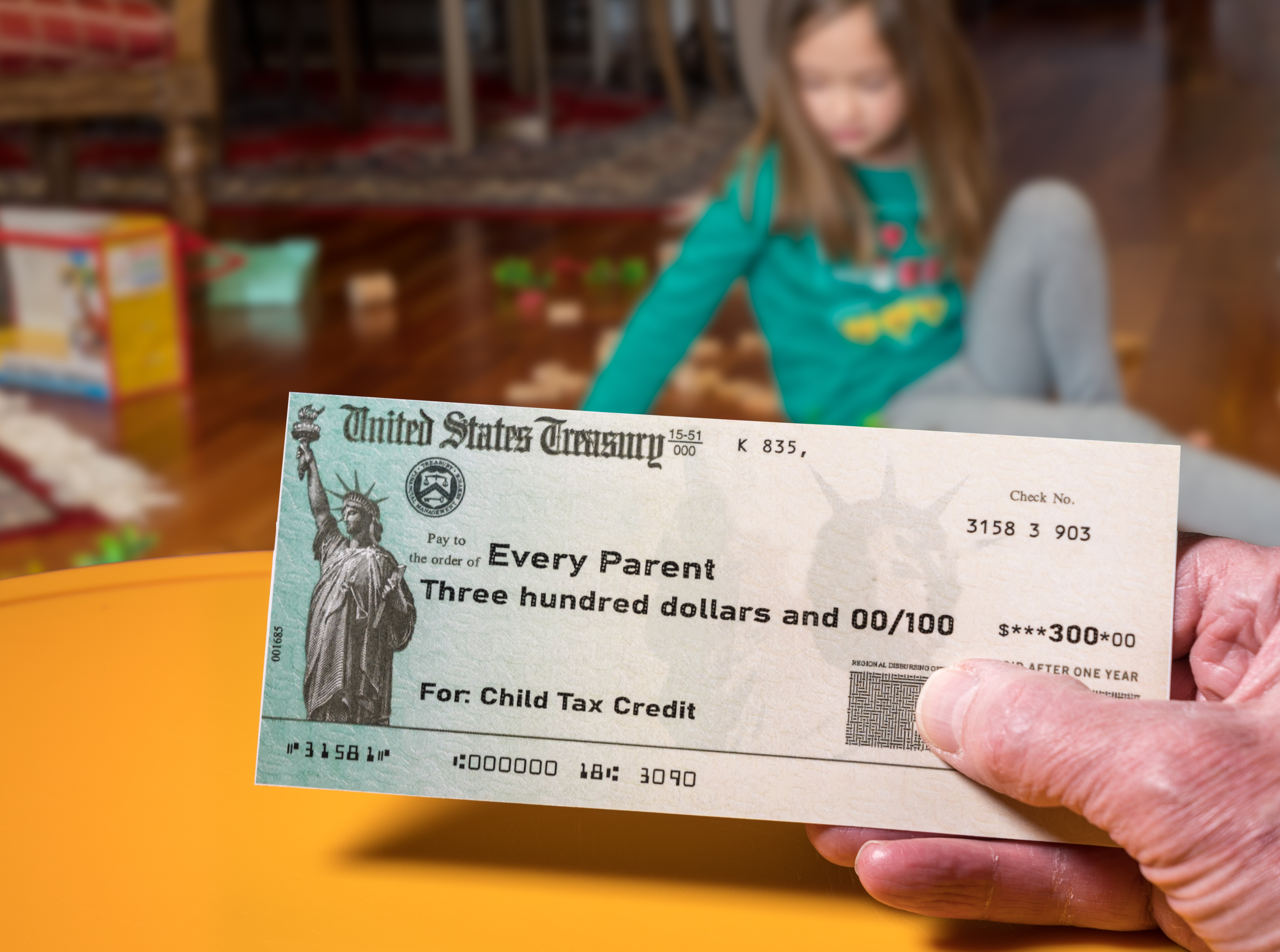Raising kids is hard enough without having to worry about taxes too. Thankfully, the government offers a few tax breaks to parents. Among the most notable is the child tax credit (CTC).
The child tax credit allows parents to claim a tax benefit of up to $2,000 per qualifying dependent child. And up to $1,700 can be refundable through what’s known as the additional child tax credit (ACTC).
The CTC was designed to help low-to-moderate-income families obtain tax breaks based on the number of children they’re raising. Qualifying for this tax break also depends on factors like filing status and the relationship of the dependent to the filer.
Let’s take a closer look.
What is the Child Tax Credit and How Does It Work?
The child tax credit allows you to get a dollar-for-dollar tax credit of up to $2,000 per qualifying child. This means it can potentially reduce your tax liability to zero. For example, say you owe $2,000 in taxes this year. And you claim the full child tax credit of $2,000. This would reduce what you owe Uncle Sam to zero.
But the amount of child tax credit you can claim begins to phase out or diminish for higher income taxpayers, until they make too much to claim any of it.
How Much Do I Need to Make to Get the Child Tax Credit?
You can claim the full child tax credit worth $2,000 per qualifying dependent child if your modified adjusted gross income (MAGI) is $400,000 or less if filing jointly and $200,000 or less for all other filers.
If your MAGI exceeds these thresholds, the credit is reduced by $50 for every additional $1,000, until you no longer qualify.
What Do I Need to Qualify for the Child Tax Credit?
Beyond income rules, there are other criteria you need to meet to be able to claim the child tax credit. So let’s take a look at one major factor. What’s the relationship of your dependent to you? To qualify, the dependent must be one of the following.
- Son
- Daughter
- Stepchild
- Eligible foster child
- Brother
- Sister
- Half brother
- Half sister
- Stepbrother
- Stepsister
- Descendant of any of the above such as a niece or nephew
In addition, you must have provided at least half of the dependent’s financial support in the last year.
Plus, the child must have lived with you for at least half the year, and you need to officially claim the child as a dependent. Finally, the dependent must be a U.S. citizen, U.S. national, or U.S. resident alien with a valid Social Security number.
Will the Child Tax Credit Get Canceled?
The child tax credit is not getting canceled, but its value may be reduced. Unless Congress approves an extension, the full credit would divert back to $1,000 per qualifying dependent. Moreover, the thresholds at which the credit begins to phase out would revert to pre-2017 levels. It’ll phase out at $110,000 for married couples filing jointly and $75,000 for all other filers.
The doubling of the credit and current thresholds were made possible by the Tax Cuts and Jobs Act (TCJA), which President Donald Trump signed into law in 2017. Many of the provisions of the TCJA are set to expire at the end of 2025. However, President Trump has expressed an intention to get the provisions extended, in addition to unveiling new tax cuts.
What’s the Additional Child Tax Credit?
Tax credits can be either refundable or non-refundable. The value of a nonrefundable tax credit can’t exceed the amount you owe the government in taxes. By contrast, refundable tax credits can exceed the amount you owe; you'll receive the excess in the form of a tax refund.
Even though the child tax credit is a nonrefundable benefit, some taxpayers may qualify for a refundable tax benefit called the additional child tax credit.
If you meet certain income requirements and qualify for the child tax credit, you may also qualify for the additional child tax credit. This benefits you if you can’t take full advantage of the tax credit because you don’t owe taxes or it reduces your tax liability to zero. If you qualify for the additional child tax credit, up to $1,700 is refundable. So if you claimed the full child tax credit of $2,000, but you owed $1,000 in taxes, then $1,000 could be refundable in this situation.
You can figure out your additional child tax credit amount by multiplying your earned income above $2,500 by 15 percent. You can claim that amount or the portion of the child tax credit credit you were entitled to but couldn’t fully use—whichever is less.
The Bottom Line
The child tax credit is something that every parent should consider. It can save parents up to $2,000 per qualifying child in taxes owed, and part of it can be refundable via the additional child tax credit. However, the benefit may be reduced in 2026 if Congress fails to make the TCJA permanent. However, President Trump has said he would work to extend these benefits. For more tips, check out our guide on
what you need to know about the 2025 tax season.
The Epoch Times copyright © 2025. The views and opinions expressed are those of the authors. They are meant for general informational purposes only and should not be construed or interpreted as a recommendation or solicitation. The Epoch Times does not provide investment, tax, legal, financial planning, estate planning, or any other personal finance advice. The Epoch Times holds no liability for the accuracy or timeliness of the information provided.










